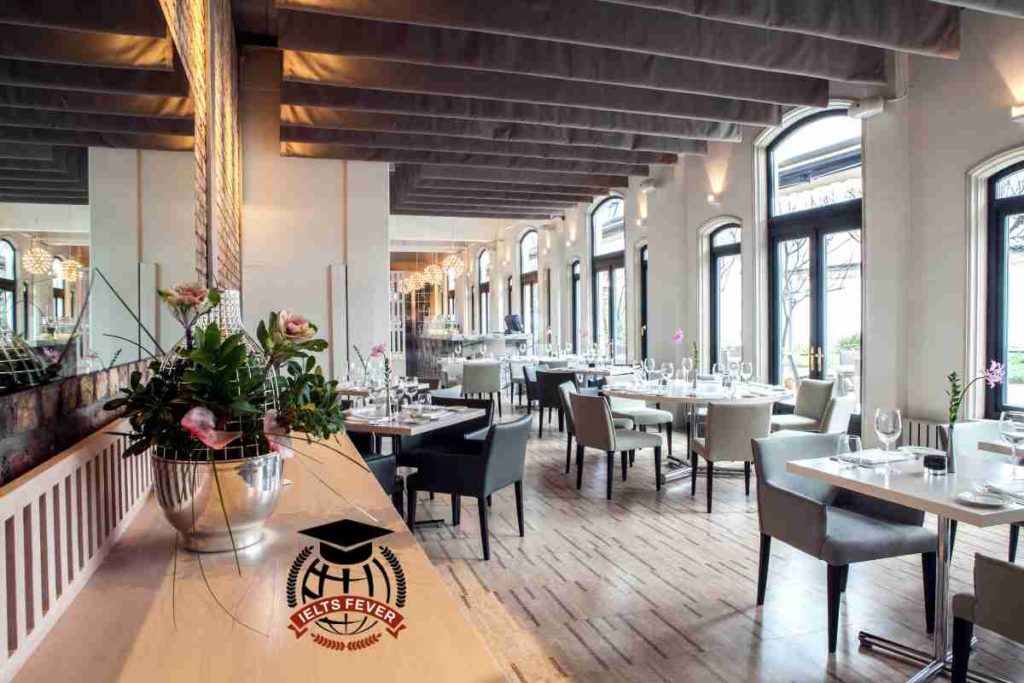The charts below show the percentage of food budget the average family spent on restaurant meals in different years. The graph shows the number of meals eaten in fast-food restaurants and sit-down restaurants. Write a report for a university lecturer describing the information in the graph below.
The pie chart illustrates the information about the percentile of food expenses which an average family paid out on restaurant eatables in distinct years from 1972 to 2000, while the line chart depth about how many meals are eaten in fast food restaurants and sit-down restaurants.
Overall, it can be seen that the budget ratio for eatable things in restaurants increased over time. In contrast, both restaurants were at the same ratio in the beginning, but with time, fast-food meals were much more than sit-down restaurant meals.
To begin with, the proportion of money spent on eating increased five times in restaurants from 1970 to 2010. In 1970, only one-tenth of their food budget was spent on restaurant meals, whereas in 1980, the figure rose to 15%. Furthermore, the ratio of food budget spent on restaurants witnessing an increase was noticed at 35% in 1990. Finally, in 2000 an average family spent half the total budget on restaurant meals, which shows the rapid increase in people’s habit of having meals in restaurants.
In regard to further detail, in 1970, in the initial stage, both fast food meals and sit-down restaurants meals at the same ratio, which was 20%, but after a decade, the proportions of sitting restaurants and fast food restaurants rose slightly and reached almost 35% and 25% respectively. Furthermore, in 2000, the percentage of meals increased sharply to almost 85%, and during this time, sit-down restaurant meals reached approximately 45%, which was almost half that of fast-food meals.
Sample 2 The Charts Below Show the Percentage of Food Budget the Average Family Spent on Restaurant
The pie chart illustrates the probability of the food budget spent by the average family on restaurant meals in four different years. At the same time, bar graphs displayed the number of fast-food meals eaten in restaurants and sat in restaurants.
Overall, it was a noticeable point that the percentage of home-cooked food getting reduced over time, while the budget spending on restaurant meals got increased. As well as in the second chat, where fast food meals got overlapped with sit-down restaurant meals.
In the beginning, the expenditure on food proportion was lower, where home-cooked food was the most popular nutriment method. However, by the time the percentage of home-cooking food got reduced, and the spending on restaurant meals increased, in 1970, the percentage of the money spent on restaurants increased by 5%, which is equal to 15% in 1980. In 1990 and 2000, this data got doubled and tripled, which is equal to 50% of home-cooking food by the end of 2000.
In 1970, fast food meals and sit-down restaurant meals were at 20 meals per year. However, in 1980, sit-down meals got rose by 35 meals per year, whereas fast-food meals were approximately ten meals lower than sit-down restaurants. The number of meals per year increased sharply by fast-food restaurants till 2000, which is more than 45 meals per year from sit-down restaurants.

